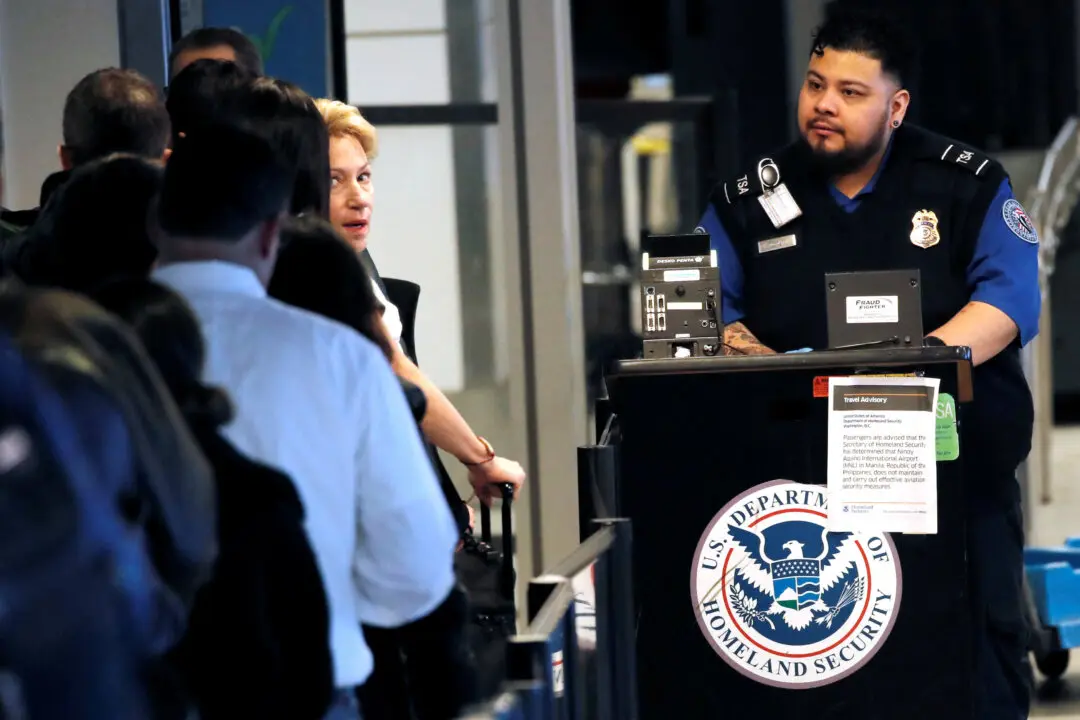LONDON/SINGAPORE—The yen fell on Monday to near eight-month lows against the dollar with investors saying intervention was in sight, while ahead of the 4 July holiday, the dollar edged up after U.S. economic data last week showed slightly easing inflation and consumer spending.
The yen weakened 0.35 percent to 144.82, after on Friday touching its lowest level against the greenback since November. It lost 9 percent against the dollar in the first six months of the year.





